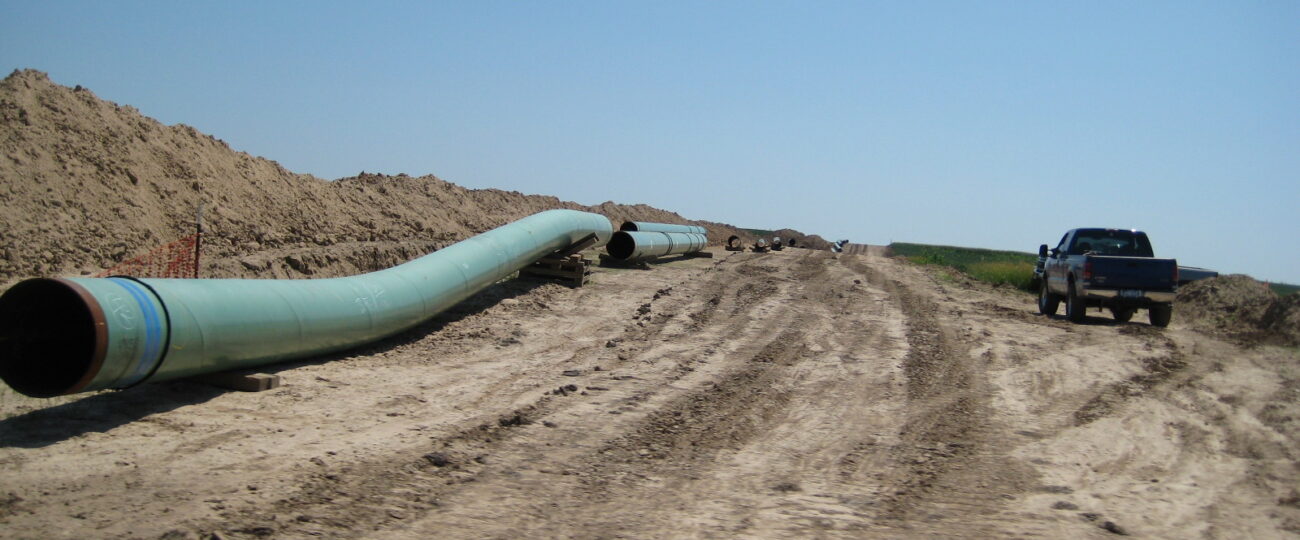On January 20, President Joe Biden signed an executive order addressing environmental protections, including revoking the permit for the Keystone XL Pipeline. Was this the right choice, or should states fight to overturn the order?
Last year Canadian company TC Energy gave the go-ahead for the construction of a pipeline connecting Hardisty, Alberta, to Steele City, Nebraska, an $8 billion venture that would transport 830,000 barrels of crude oil per day. The next stage of the plan following its completion would be another pipeline from Steele City to Texas that would provide crude oil to the Gulf Coast area.
The goal of the pipeline according to TC Energy is to create employment for its construction and maintenance and more safely transport crude oil. According to the U.S. Bureau of Transportation study cited by the company’s website, moving oil by pipeline is safer than the other options of transport such as by railway, truck, or barge.
However, as environmental activist group NRDC points out, the pipeline would be transporting tar sands oil rather than conventional crude oil, which is significantly more corrosive and hazardous to humans and the environment than its conventional alternative. According to their website, “between 2007 and 2010, pipelines moving tar sands oil in Midwestern states spilled three times more per mile than the U.S. national average for pipelines carrying conventional crude,” which is not an encouraging sign.
Tar sands oil carries another risk regarding potential spills. Its cleanup is significantly more difficult than that of normal crude, in part because tar sand oil sinks down to the bottom of the waterway. This means that it would immediately taint local water sources, which would worsen in the course of its removal.
There is also the issue of location. The pipeline would pass by the corner of North Dakota and through Montana, South Dakota, Nebraska, Kansas and Oklahoma before reaching Texas. In addition to bisecting swaths of preserved natural wilderness, the plan drew lines parallel to a considerable amount of land belonging to various Native American tribal reservations.
In 2017, the existing Keystone pipeline poured 407,000 gallons of oil close to the Sisseton Wahpeton Oyate tribe’s reservation, the second Keystone spill just in South Dakota in seven years. TC Energy’s prediction to the U.S. government estimated and reported that no more than one spill would ever happen in South Dakota over the course of 41 years.
Biden’s executive order included reversing the Trump administration’s go-ahead to allow the Keystone pipeline to be built in such close proximity to tribal reservations. This had previously been illegal, but the pursuit of money led to the Trump executive order which nullified the tribes’ legal rights. The Native American Rights Fund (NARF) and associated Native American communities applauded Biden’s move to restore their rights and environmental protection interests.
Unfortunately, TC energy’s ignorance of product effectiveness has not been an accident. When a recent leak released nearly a swimming pool-sized pool of crude oil, it went completely undetected – because the design only detects leaks of at least 13,000 barrels worth of spillage. The pipes being used, which had once been certified as safe to contain the corrosive tar sands oil, were left exposed to the elements for a decade and can no longer perform as they once did.
In response to Biden’s executive order, TC Energy has filed a lawsuit and many are calling for states to join in or file their own suits. While the Keystone XL Pipeline venture promised to invest billions into the U.S. economy and open employment opportunities, the American people need to pursue options that do not involve the destruction of our land and environment.
Photo courtesy of WikiMedia




